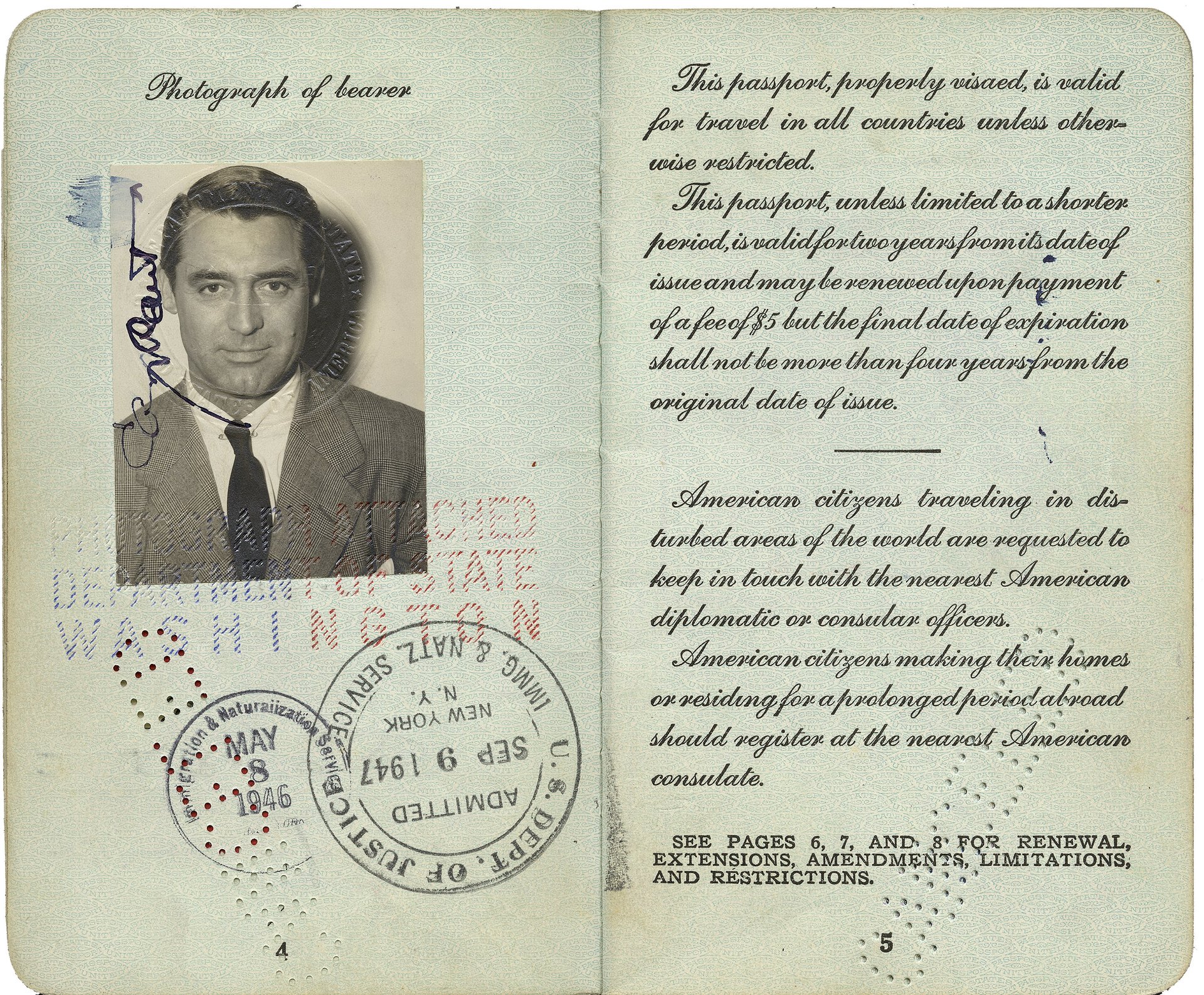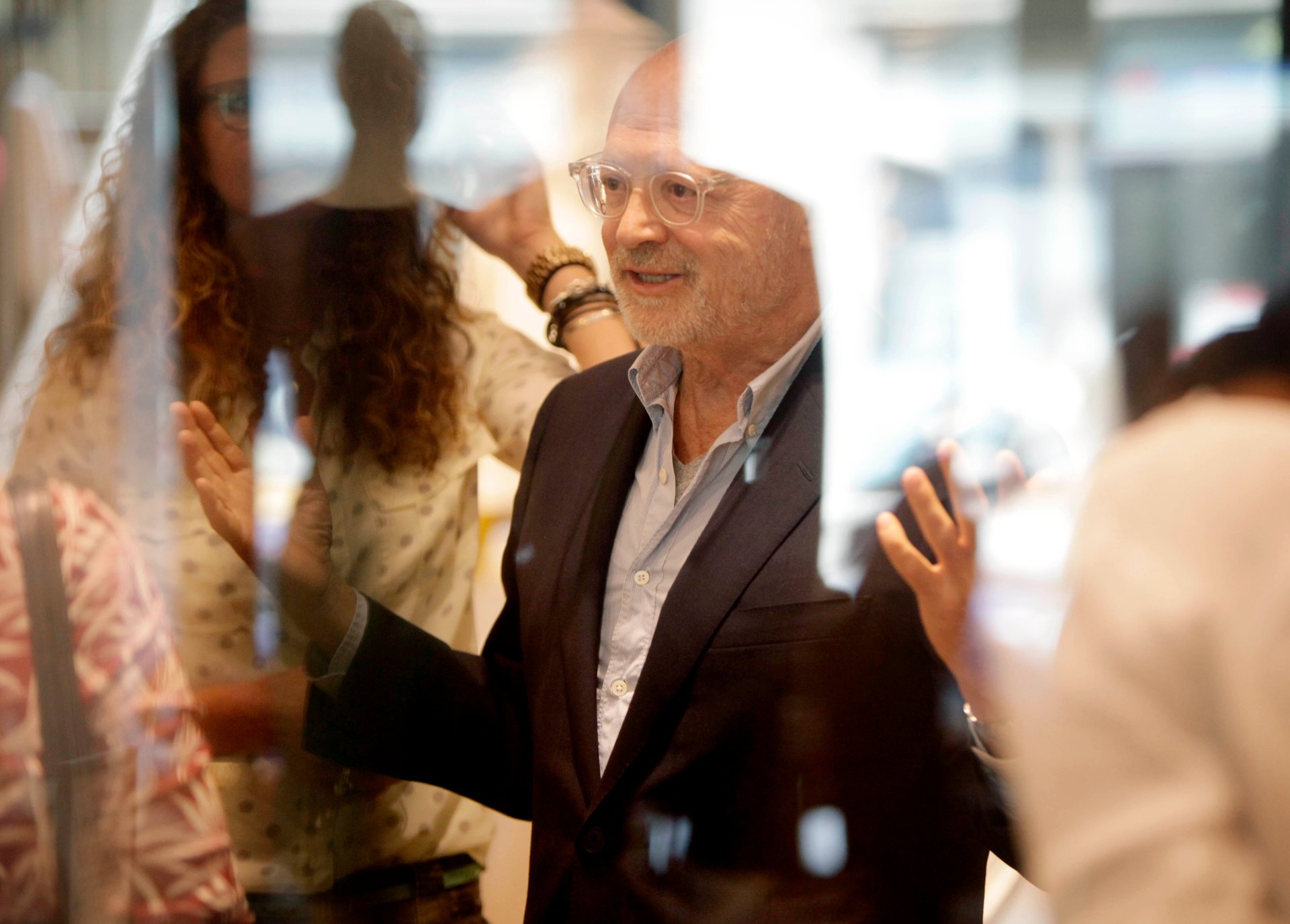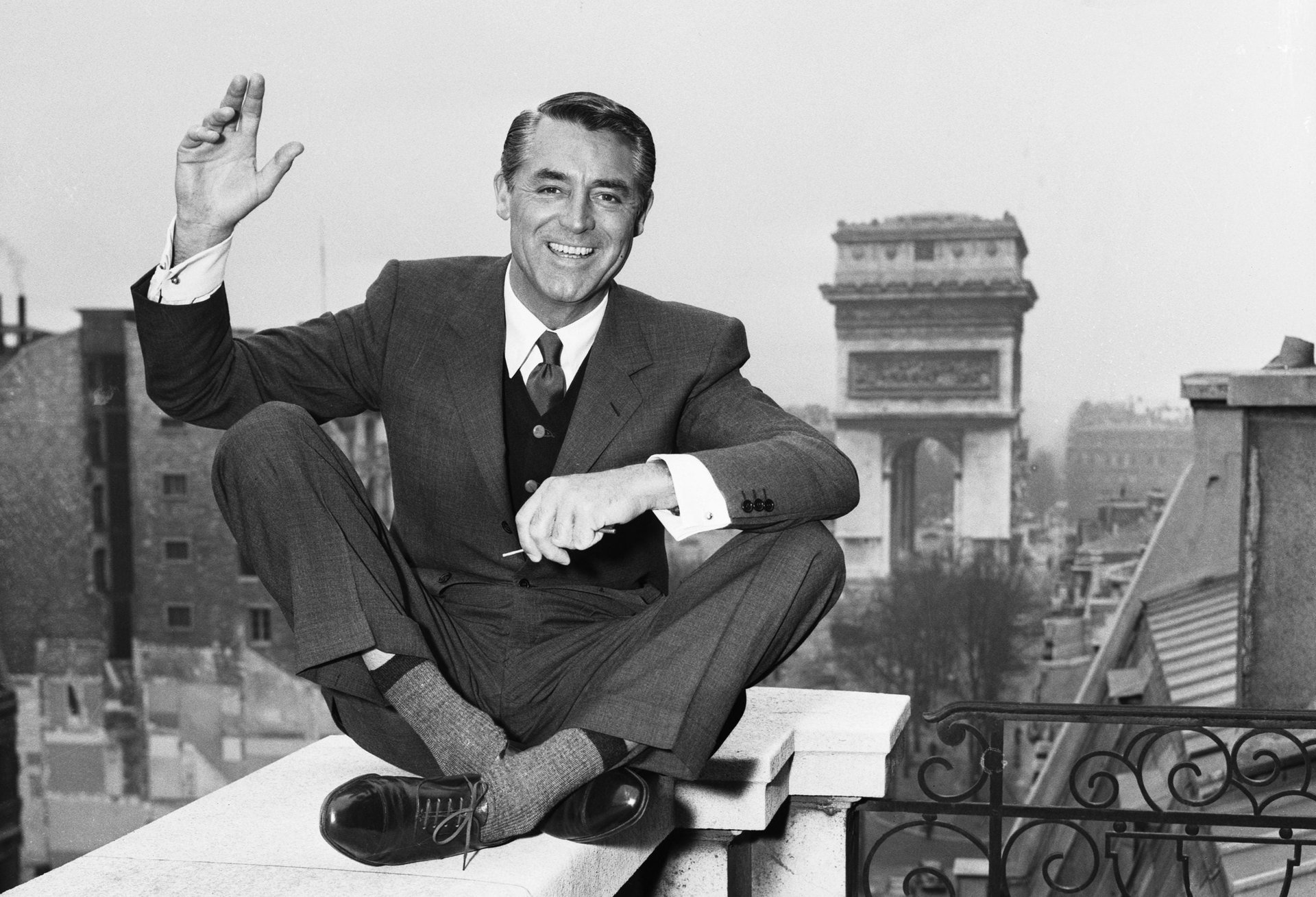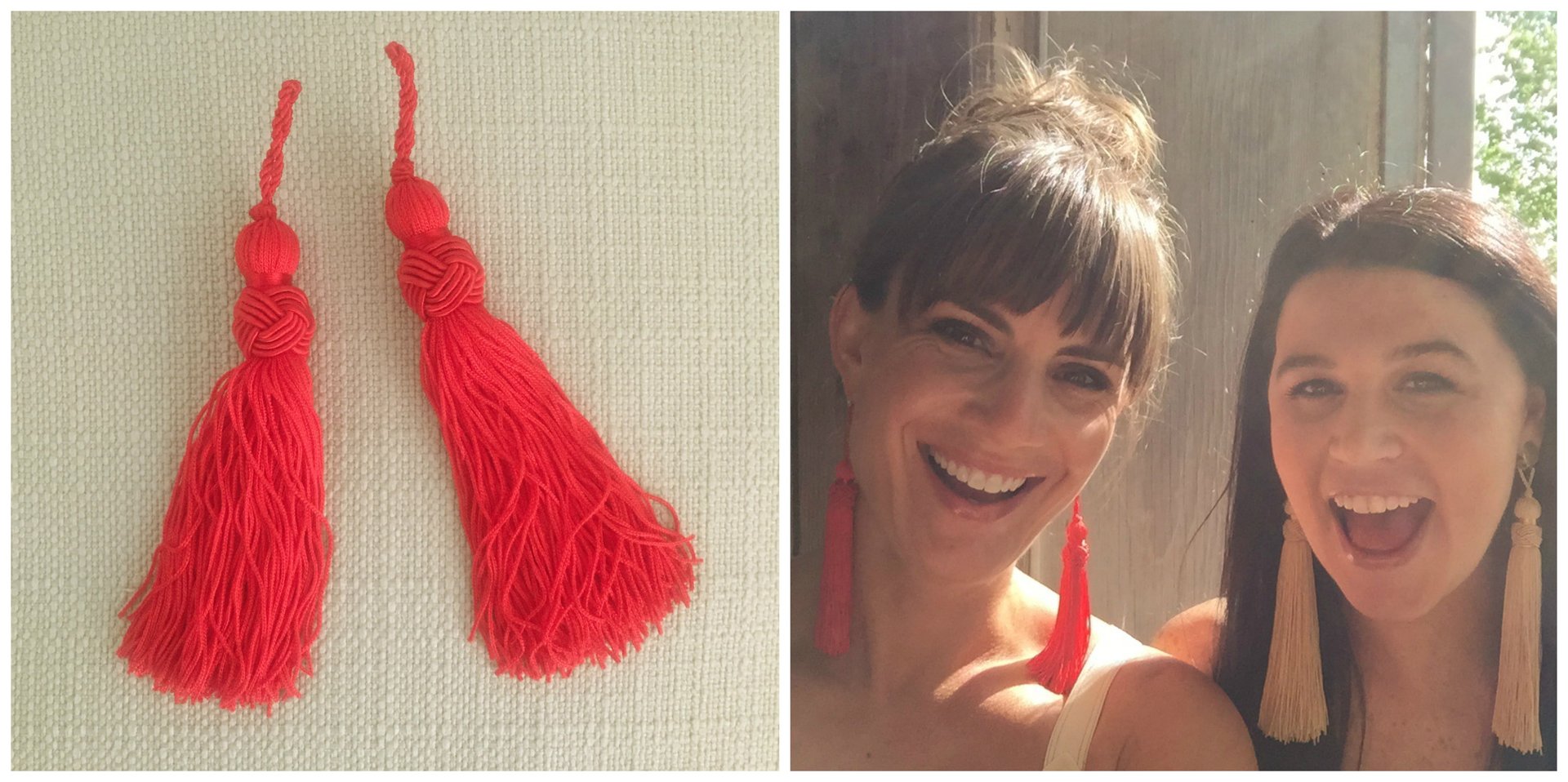Quartzy: the tripping along edition
Happy Friday!

Happy Friday!
A new documentary, Becoming Cary Grant, airs tonight on Showtime, and it’s fascinating. It turns out Hollywood’s paragon of tall, dark, and handsome was once Archie Leach—a boy who fled childhood trauma and tragedy. The character we knew as Cary Grant was his greatest creation.
That tragedy, of course, caught up with him. Two decades into Grant’s movie career, in 1958, the actor started LSD therapy at the Psychiatric Institute of Beverly Hills, and he took acid about 100 times during the next three years.

Director Mark Kidel uses notes about these sessions from Grant’s unpublished autobiography, archival footage shot by Grant himself, movie excerpts, and interviews to deconstruct the quintessential leading man and create a portrait of a deeply vulnerable person.
He also shows how that vulnerability was Grant’s greatest strength as an actor, and that his most successful collaborators—Alfred Hitchcock and Grace Kelly among them—knew just how to access it. This doc made me want to re-watch North by Northwest—and to check out the 1963 film Charade, in which the actor, then 59, stars in a role that the Guardian’s Paul MacInnes called “a perfect version of Grant.”
If you swap LSD for pizza, you get another story about a man’s journey to fulfillment—and another compelling new documentary, Scott’s Pizza Tours, which is available on iTunes. This one follows Scott Wiener, a self-taught pizza savant who runs a business guiding tourists through New York City’s pizzerias. Scott’s wild enthusiasm and deeply nerdy knowledge have made him one of the world’s foremost authorities on pizza—and may also make him one of the more unlikely leading men you’ll ever fall in love with.
Filmmakers K. Ryan Jones and Shawn Willis interview old-school pizza titans (who could double as Sopranos extras) about their respect and affection for Scott; follow him to the International Pizza Expo in Las Vegas and to Naples; and allow him to expound upon the intricacies of the “cornicione” and strategy of “the vertical cheese pull” (the optimum way to avoid a string of molten cheese hitting you in the chin when you’re eating a hot slice). More importantly, they unfold how he turned an oddball obsession into a business, and a life.
“I’m just kind of making things up as I go along,” Scott says. “If I’m interested in something, then I will just follow it. And then, if it helps, and it works, then I keep following it. If it doesn’t, then I just stop. It’s like eating a slice of pizza. If you take three bites and it’s not good, throw it out.”

Shpilkes. It was a sense of restlessness at a desk job that first drove Scott Wiener toward his unusual career path. Some might call that shpilkes—a term I learned this week when J.Crew CEO Mickey Drexler, who stepped down on Monday amidst flagging sales, after 14 years at the helm, used it in an interview.

“I am a young, old guy,” he told WWD’s David Moin, in a conversation that covered his philosophy on retail, management, and turnarounds. “I have ‘shpilkes.’”
Shpilkes, if you’re not familiar, is a Yiddish word that refers to a state of impatience, and translates literally to “needles.” Reading about Drexler’s love for the creative, building phase of a business, it seems like shpilkes might be one of the secrets to his success. If you want to learn more about him, this 2010 New Yorker profile is a treat.

A podcast you may have missed. Speaking of self-actualization: Have you listened to WBEZ’s three-part 2016 podcast, Making Oprah? If not, let journalist Jenn White, along with Oprah and her producers, take you through a journey through the creation of the TV show that would establish Oprah as a household name, a cultural juggernaut, and, eventually, a billionaire. It begins with an unsure Oprah, skeptical about a black woman’s ability to appeal to national audiences, and winds through Oprah‘s evolution, including a terrifying run-in with the KKK, the birth of the book club, a regret or two, and of course the enduring idea that you should “Live your best life.”
🌈 Pride events will be in full swing tomorrow in cities including Los Angeles, Boston, and Brooklyn. Have fun, stay safe, and have a great weekend!
[quartzy-signature]


Cheap thrills. On a recent trip to New York, I found myself at M&J Trimming, a garment district emporium of buttons, beaded trims, patches, epaulets, feathers, and fringe. There, my friend Dee and I rediscovered the joy of the bead shop, a place I flourished in my middle school years. Guess what? It’s still good. For about $8, we purchased silk tassels, which we then hung from our earrings—I just used the tiny gold hoops I wear everyday—and wore to a wedding. These earrings vaguely resemble far more expensive designs—and feeling like tween girlfriends who crafted our own singular, super-exclusive look was priceless.